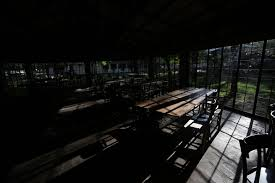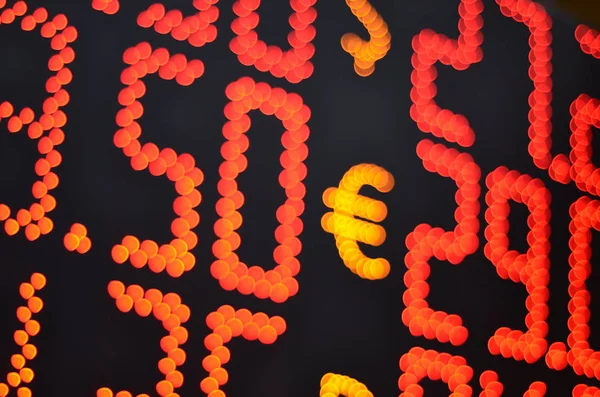| 최초 작성일 : 2025-08-29 | 수정일 : 2025-08-29 | 조회수 : 31 |

“Inequality in News Comment Participation Among Youth” [EP Journal, 2025-08-22] A recent study published in Profesional de la Información shows that news comment participation among youth is highly unequal: a small group of active users dominate the discussion, while most remain silent. The study also found that comments on political and social issues are often hostile and aggressive. Mainstream media tends to frame this as an “online bullying” or “toxic comment” issue. But the deeper problem is structural: a distorted public sphere where the voices of a few dominate while the majority stays silent. This is not only a youth issue. Adults show the same pattern of unequal participation and hostility. If such distortions influence policy-making, politics, or public opinion surveys, democracy itself may suffer. The question becomes: how do we hear the voices of the silent 90%?
Participation Inequality (90-9-1 Rule) In most online communities, 90% of users consume content silently, 9% interact occasionally, and only 1% actively create and dominate. Comment sections reflect this imbalance. Social Reinforcement Theory Aggressive comments gain more visibility, reactions, and replies, which further reinforce hostile behavior. Aggression is not only personal but structurally rewarded by algorithms. Habermas’s Public Sphere Theory An ideal public sphere allows rational, inclusive debate. In practice, digital forums become distorted spaces, where inequality and aggression undermine democratic discourse. These three perspectives provide a foundation to interpret why the majority remains silent while the minority appears louder, and why aggression dominates the visible stage.
Applying the 90-9-1 rule, most young people (and adults) read news but never comment. Yet media and society often mistake visible comments as “public opinion.” In truth, what is presented as collective sentiment is usually the work of a small fraction of users. Social reinforcement explains why hostility thrives. Aggressive voices attract more replies, likes, and visibility, creating a feedback loop. Platforms amplify conflict because engagement is rewarded. Thus, hostility is less about individual morality and more about platform design. From the public sphere perspective, the comment section is not a space of rational debate but a distorted forum. When policymakers or surveys take such spaces as representative of public opinion, the result can be dangerously misleading. This problem extends to opinion polls: strong minority voices can influence respondents, while silent majorities remain invisible. The outcome is a misrepresentation of what the public truly believes.
This phenomenon has profound implications for democracy: - Capturing the Silent Majority: We need new methods to gauge the 90% who remain passive. This could include surveys focused on non-commenters, analysis of reading behaviors, or alternative measures of engagement beyond comment activity. - Platform Responsibility: Algorithms that reward provocation need reform. Comment systems should prioritize deliberative contributions over hostility. - Digital Literacy Education: Both youth and adults must learn that comment sections are not equal to public opinion. Training in critical digital literacy is essential to prevent misinterpretation of online voices. - Policy and Survey Caution: Policymakers and researchers must avoid equating visible comments with collective opinion. Opinion polls should carefully design samples and consider how visible minority voices skew perceptions.
Blog "Everyday Theories [in the news]" draws a simple but urgent conclusion: comment sections are not miniature democracies, but distorted mirrors. The loud 10% dominate, while the silent 90% remain invisible. This is not limited to youth. Adults, too, fall into the same pattern, and distorted digital participation can ripple into policy debates, election outcomes, and collective decision-making. The essential challenge is clear: how can we bring the silent majority into the public sphere? Without their participation, democracy risks becoming hostage to the loudest, most aggressive voices. The comment section may look trivial, but it reflects the future of democratic discourse. If we cannot fix the imbalance here, we may fail to hear the true voice of society.














